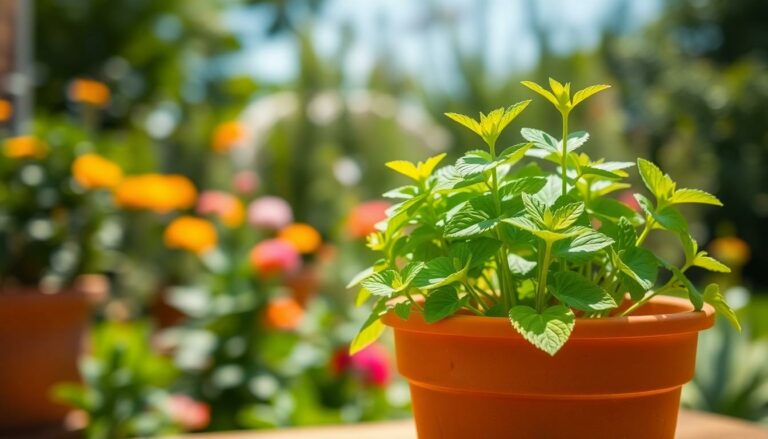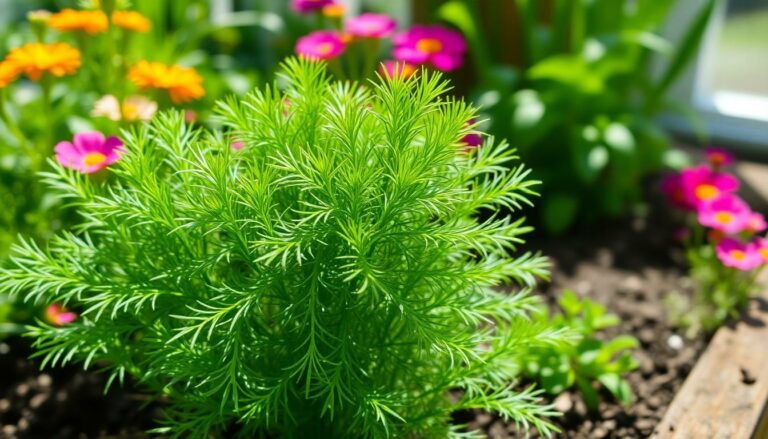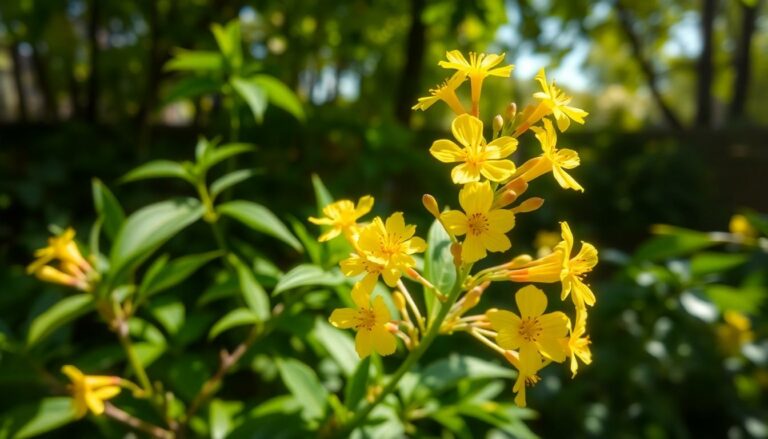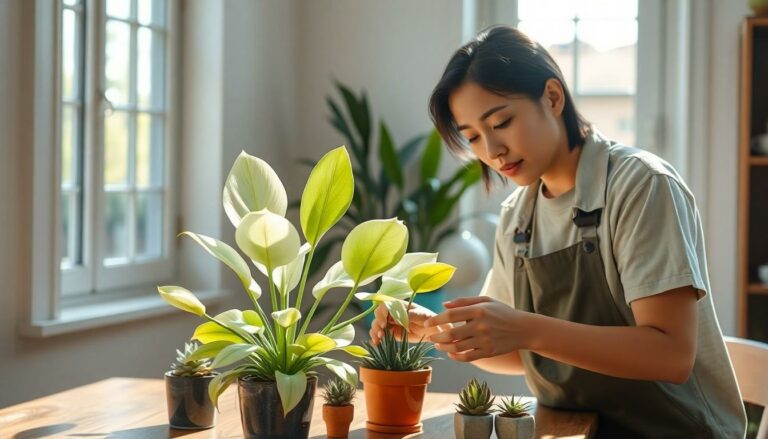Philodendrons are the divas of the plant world, flaunting their lush green leaves and vibrant growth like they own the place. These beauties not only elevate any space but also purify the air, making them the perfect addition to your home. But before you rush out to adopt one, remember: even the most glamorous plants need a little TLC to thrive.
Philodendron Plant Care
Philodendron plants are stunning and forgiving houseplants that flourish with proper care. They thrive in various indoor environments, making them ideal for both novice and experienced plant enthusiasts.
Understanding Philodendron Varieties
Numerous philodendron varieties exist, each offering unique characteristics. Some popular types include Philodendron hederaceum, known for its trailing vines, and Philodendron bipinnatifidum, recognized for its dramatic, split leaves. Varieties can range from compact species perfect for tabletops to larger ones that require more space. Understanding these variations helps ensure the right choice for specific indoor conditions.
Benefits of Growing Philodendrons
Growing philodendrons provides several advantages. They enhance air quality by filtering indoor pollutants, making environments healthier. Their lush foliage creates a calming atmosphere, increasing aesthetic appeal. Additionally, these plants require minimal maintenance, making them suitable for those with busy lifestyles. Easy propagation allows plant enthusiasts to expand their collection or share with others.
Light Requirements
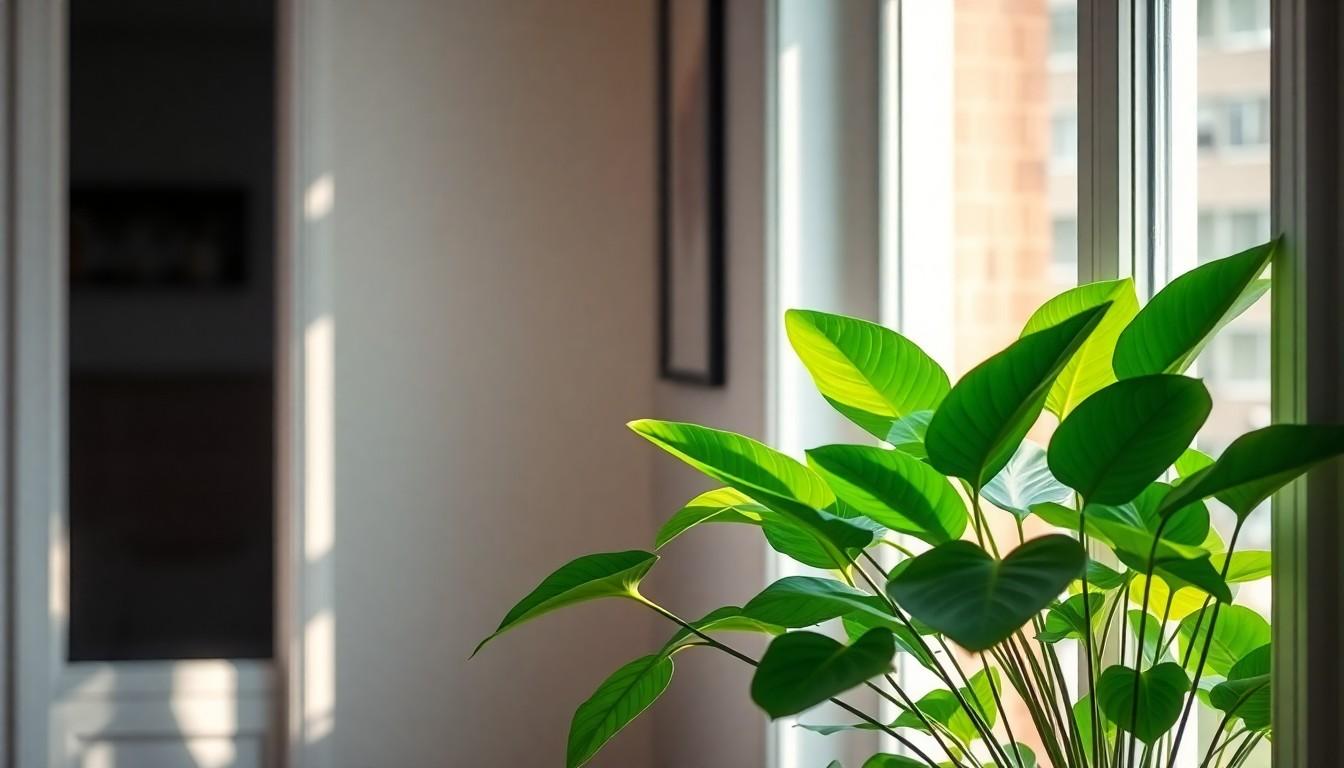
Philodendrons thrive in bright, indirect light. They adapt to lower light conditions but flourish with the right light exposure.
Optimal Lighting Conditions
Filtered sunlight creates ideal conditions for philodendrons. Placing them near east or west-facing windows ensures they receive ample light without scorching. Soft, indirect light promotes healthy leaf growth and vibrant colors. Too much direct sun can lead to leaf burn, so aim for dappled light. If natural light is limited, fluorescent grow lights offer a great alternative to maintain vitality.
Signs of Insufficient Light
Yellowing leaves often indicate a lack of light for philodendrons. Stunted growth may occur in low-light environments, and elongated stems signify the plant’s stretch toward brighter areas. Furthermore, leaves may drop or fail to sprout. Observing these signs helps in making prompt adjustments. If a philodendron looks sparse and lacks its typical lushness, consider repositioning it for better light exposure.
Watering Guidelines
Proper watering plays a crucial role in philodendron care. These plants thrive in consistently moist soil, but overwatering can lead to root rot.
How to Water Philodendrons
Water philodendrons when the top 1-2 inches of soil feel dry to the touch. Ensure water drains freely from the pot’s bottom to prevent standing water. Use room temperature water, as it absorbs better and won’t shock the roots. During the growing season, between spring and summer, increase watering frequency based on humidity levels. Adjust the amount of water in winter months, as the plant’s growth slows.
Common Watering Mistakes
Overwatering ranks as the most frequent error. Many plant owners provide too much water too often, leading to root problems. Alternatively, underwatering can cause leaves to droop or turn crispy. Checking soil moisture consistently helps avoid these issues. Using pots with drainage holes prevents water retention, while also promoting healthy root development. Monitoring plant conditions allows for adjustments to watering habits, putting the plant in a better position to thrive.
Soil and Potting Needs
Philodendrons thrive in specific soil and potting conditions. Attention to these factors ensures optimal growth.
Best Potting Mix for Philodendrons
A well-draining potting mix is crucial for philodendrons. Mix equal parts peat moss, perlite, and orchid bark for the ideal texture. This combination promotes airflow to the roots while retaining necessary moisture. The pH level should stay between 5.5 and 7 for healthy growth. Commercial mixes labeled for aroids often suffice, as they cater to the unique needs of these plants. Regularly checking the mix for compaction helps maintain drainage.
Choosing the Right Pot
Selecting the right pot significantly affects philodendron health. Choose pots that are slightly larger than the plant’s root ball for comfortable space. Ensure proper drainage holes are present to prevent excess water accumulation. Materials like terracotta allow moisture regulation while plastic pots retain moisture longer. Repotting every 1 to 2 years refreshes the soil and promotes vigorous growth. Consider a pot’s weight to facilitate easy moving, especially for larger plants.
Fertilization Tips
Fertilization plays a crucial role in philodendron plant care, ensuring healthy growth and vibrant foliage. By following the right practices, plant enthusiasts can keep their philodendrons thriving.
When and How to Fertilize
Fertilize philodendrons every 4 to 6 weeks during the growing season, typically spring and summer. A balanced, water-soluble fertilizer encourages lush growth. Before applying fertilizer, ensure the soil is slightly moist to prevent root burn. Dilute the fertilizer to half-strength to avoid over-fertilization. Reduce or stop fertilizing during fall and winter when growth slows down. Observing the plant’s growth pattern helps determine the best times for fertilizing.
Recommended Fertilizers for Philodendrons
Use fertilizers formulated for houseplants or specifically for aroids, which includes philodendrons. A balanced NPK ratio of 20-20-20 works effectively. Consider applying slow-release granules for longer-lasting nutrients. Liquid fertilizers provide a quick nutrient boost when needed. Organic options, like fish emulsion, enrich the soil naturally. Always read the label for specific instructions on application and dilution to achieve the best results.
Pruning and Maintenance
Pruning and maintenance play vital roles in the overall health of philodendrons. Regular pruning encourages bushier growth and removes damaged leaves, enhancing the plant’s appearance.
How to Prune Philodendrons
To prune philodendrons, use clean, sharp scissors. Cut just above a leaf node to stimulate new growth. Performing this task in spring or summer promotes recovery and vibrant foliage. Remove any yellow or brown leaves to maintain an attractive appearance. Frequent inspections help to identify areas needing attention. Follow these steps to ensure healthy, thriving plants.
Maintaining Plant Health
To maintain philodendron health, monitor moisture levels consistently. Keeping the soil evenly moist helps roots avoid rot. Ensure that the environment provides sufficient humidity since dry air can lead to wilting. Fertilizing every 4 to 6 weeks during the growing season supports strong growth. Watch for pests like spider mites and mealybugs; prompt treatment prevents infestations. Regular cleaning of leaves also aids in photosynthesis by removing dust and debris. These practices contribute to the longevity and vitality of philodendrons.
Caring for philodendrons can be a rewarding experience that brings life and beauty to any indoor space. With their adaptability and forgiving nature, these plants are perfect for anyone looking to enhance their environment while enjoying the benefits of improved air quality. By following the guidelines for light, watering, soil, and fertilization, anyone can cultivate a thriving philodendron.
Regular maintenance and attention to detail will ensure these stunning plants continue to flourish. Whether it’s pruning, monitoring moisture levels, or providing the right light conditions, a little effort goes a long way in keeping philodendrons healthy and vibrant. Embracing the journey of plant care not only enriches living spaces but also fosters a deeper connection with nature.


